Greeting you at a door multiple times a day, whether at work or in public buildings, you’ll no doubt be very familiar with these two anonymous figures.
 Clear and easily recognisable, they are the symbols frequently used to demarcate gender-specific toilet facilities.
Clear and easily recognisable, they are the symbols frequently used to demarcate gender-specific toilet facilities.
Over the years a number of places have played with the design of these symbols, with creative, humorous, or downright confusing results – I remember one occasion of having to decide whether I was a ‘seahorse’ or ‘jellyfish'(!).
As a child who didn’t often don a dress, the apparent expectation that women always wear dresses used to irk me a little, until someone asked me ‘who are these women who always wear superhero capes when going to the toilet??’
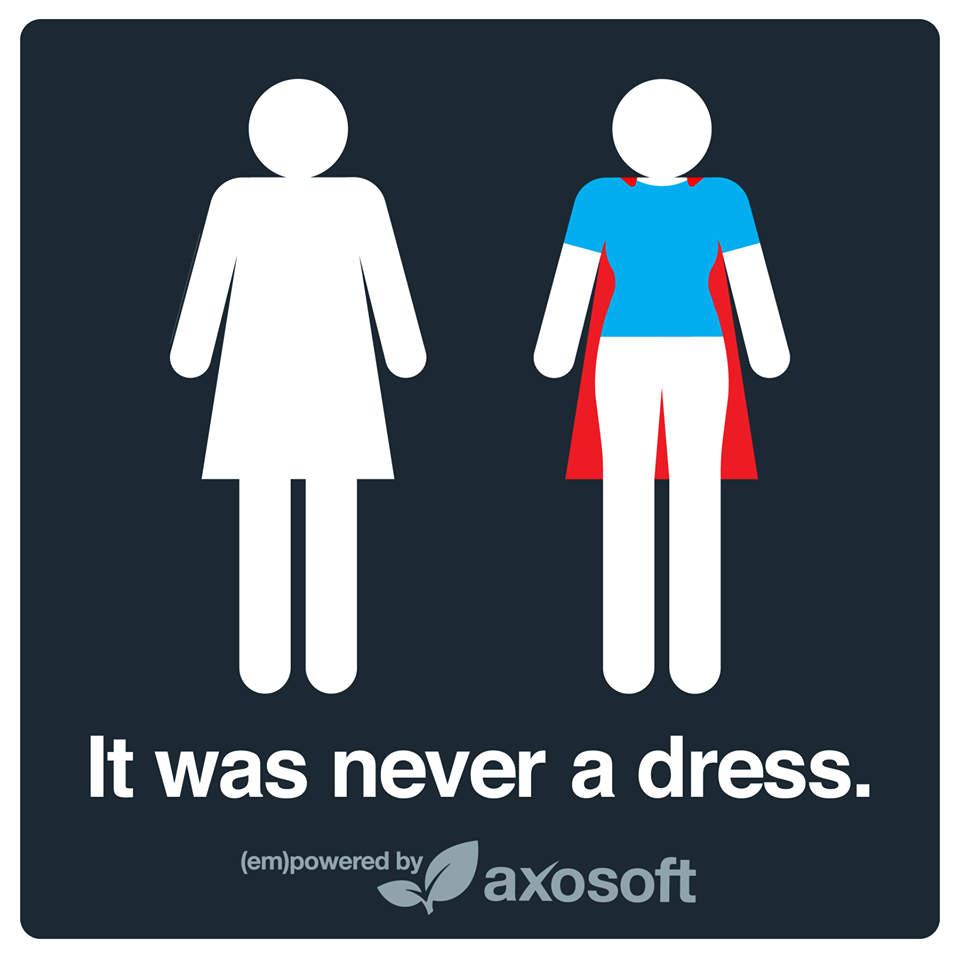
A couple of years ago the software company axosoft garnered some attention for their disruption/re-design of the standard ‘womens’ toilet’ symbol. They described their #ItWasNeverADress campaign as: ‘an invitation to shift perceptions and assumptions about women and the audacious, sensitive, and powerful gestures they make every single day’.
They also commented ‘When we see women differently… we see the world differently!’. I suggest that this sentiment could perhaps usefully be extended to ‘When we see gender differently… we see the world differently!’.
The subject of ‘non-gender-specific’, ‘gender-neutral’ or ‘all-gender’ toilets has been making some headlines in recent months. A variety of terms are used to refer to them but the basic concept is the provision of toilets that can be used by anyone, regardless of gender identity or expression. This is in effect what the majority of ‘accessible toilets’ already are.
Provision of non-gender-specific toilets does not necessarily mean removing gender-specific toilets. It is a matter of providing options for all people to have toilet facilities that they feel comfortable using. Having access to non-gender-specific facilities can make a positive difference as to how welcome and safe visitors can feel in a building. Clear signage for such facilities is important.
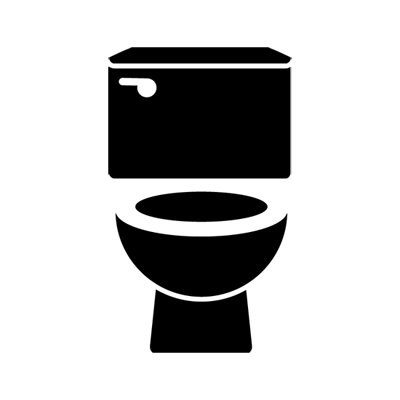
The image on the left is ‘The Sam Killerman Super Innovative Gender Neutral Bathroom Sign’. As you can see, the design reflects the room’s purpose rather than the gender of its users through a simple toilet icon.
Killerman is the author of an interesting (and entertaining) article on The Good Men Project about approaching the design of gender-neutral toilet signage – How Do You Label a Gender Neutral Toilet?. He describes the article as ‘a satire of how not-difficult it is to solve this “problem”’. Be sure to also read his update article Coming Soon to a Bathroom Near You.
Looking for non-gender-specific toilets in the V&A?
We are in the process of revising and improving our provision of non-gender-specific toilet facilities and accompanying signage.
Currently, non-gender-specific toilets can be found located in the café (NB: these toilets also have some wonderful tilework – so well worth a visit!) and off the stairs next to the Lecture Theatre. Please ask staff for assistance with directions.
In the Cafe:

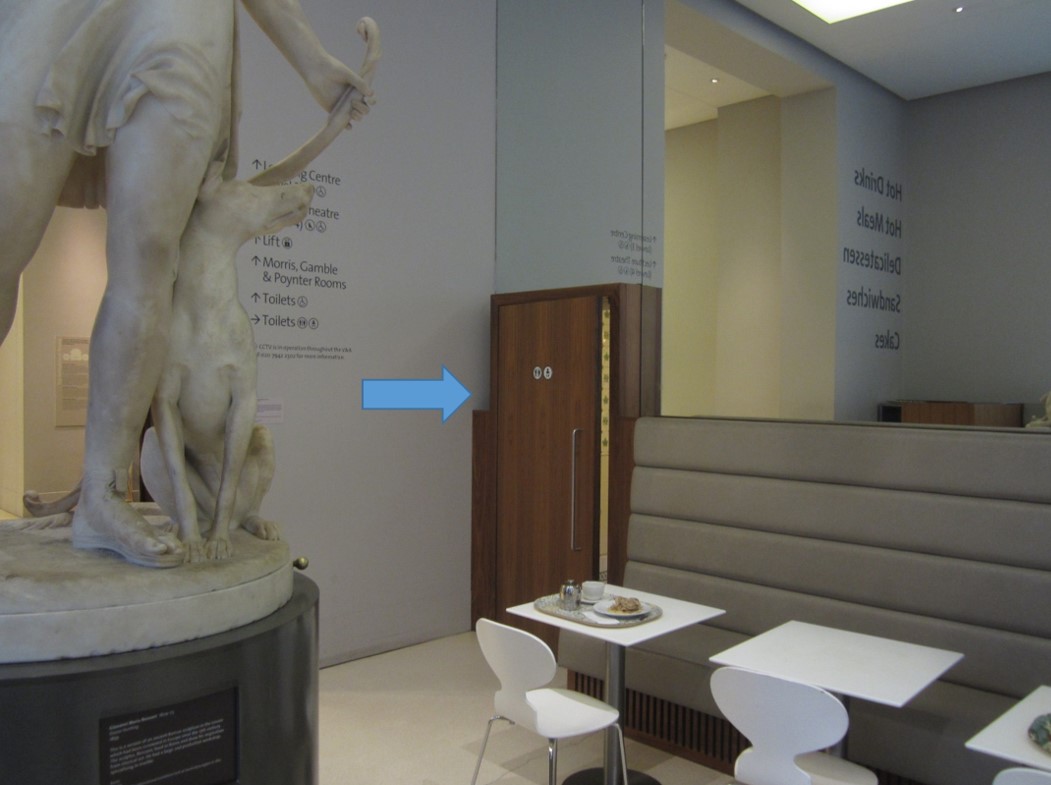
Off the stairs next to the Lecture Theatre:

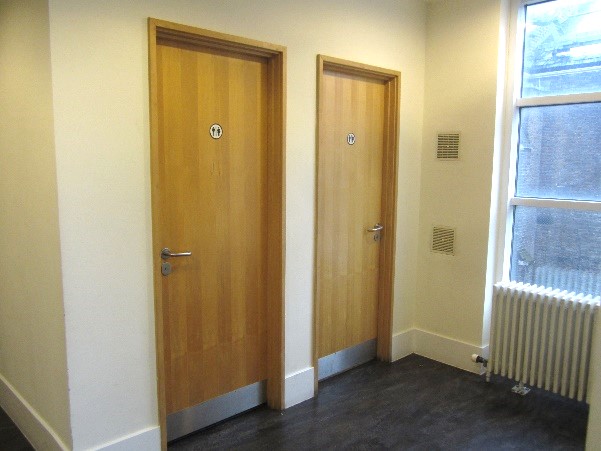
There are also a number of ‘accessible toilets’ in the Museum that are non-gender-specific, including this one just off the Silver Galleries.
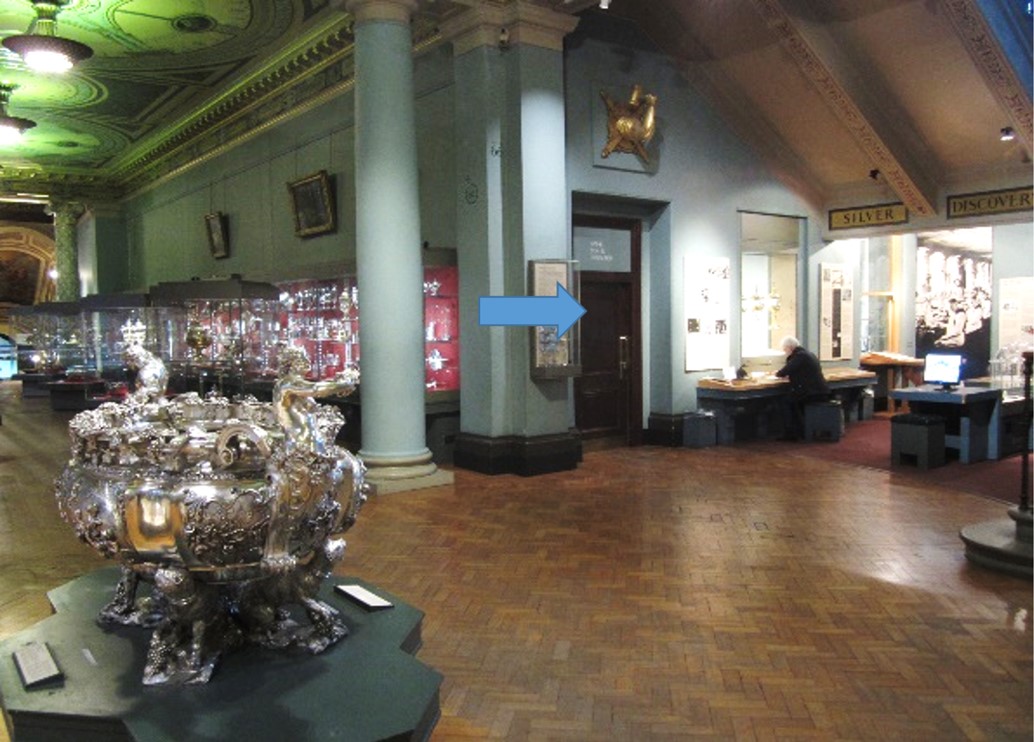
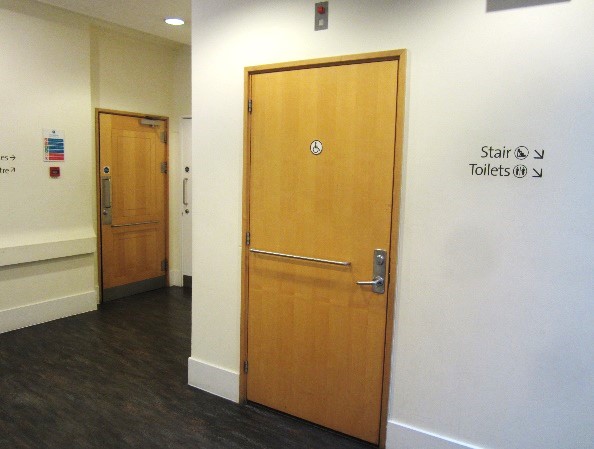
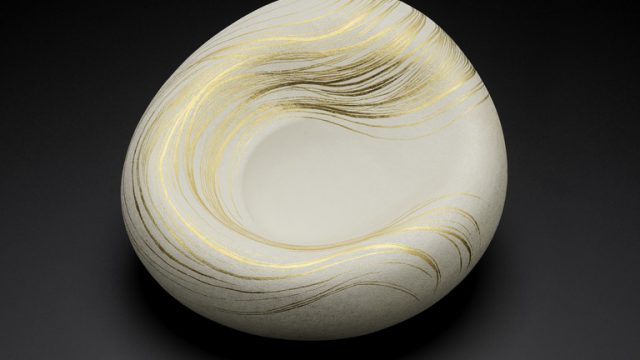


So much funny things you shared your nice post. Sometimes I found naughty but funny banner ad design in public toilet.
Nice